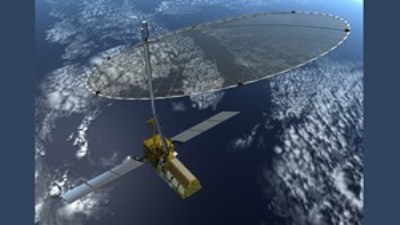Anupu
Regular Member
- Joined
- Dec 22, 2015
- Messages
- 827
- Likes
- 2,730
So MOM2 won't have a lander as of now, but a more circular orbit, it''s fine it would be a more maven style mission, plus added experience before a much safer lander. MOM3 can have a lander and this would be a much safer progress path.dry mass of mom-1 is 480 kg -- 7 times will make it 3.3 tonnes -mom 2
i think this article went over the top calling MOM 2 to be 7 time heavy.. it made some wrong calculations.. following are some popular , recent satellite lauched to mars.. i am mentioning their dry mass and lauch mass
MRO - 1031 kg - 2180kg Periareion-426 km Apoareion-44500km inclination-93(degree)
MAVEN - 809 kg - 2454kg - Periareion-150km Apoareion -6200km inclination-75
Exomars-trace gas orbitter - 1432kg - 3732 kg..Periareion-400km Apoareion - 400 km inclination-75
MOM - 480kg-1300kg Periareion -420 km Apoareion-76993km inclination- 150
none of the misssions above had 3 tonne satellite as dry mass.. ya it can be its launch mass which includes the fuel..
following is the detail about spirit rover
spirit rover was 180 kg , and see the attachemnt for more detail regarding the mass.
spirit rover +lander +heatshield +parachute + fuel for landing = 1063 kg ~ 1 tonne..
the article said that MOM2 orbit will be less elliptical and its Apoareion ( farthest point in orbit)= 5000 km..
which make it similar to MAVEN satellite orbit.. which is near 3 tonne satellite ..
so this MOM 2 is a heavy satellite approx 1 toone dry mass and near 3 tonne lauch mass coz it will require lot of fuel to be in a less elliptical and closer to mars..
if u look at inclination of MOM its 150 degree ans rest of the satellite are on 70 degree inclination so ..lot of fuel..
now i think there will not by any space for a rover.. i wish ISRO quickly master the ion propulsion system to cut the weight of satellite in future missions of MOM 3.. MOM 3 will be the lander , i am sure now..
@Prashant12 @Anupu @sorcerer

 .
.

















